Samsung wants to put One UI everywhere, including your TV

Jong-Hee (JH) Han at SDC24 | Image credit — Samsung

Jong-Hee (JH) Han, Vice Chairman, CEO and Head of Device eXperience (DX) Division at Samsung Electronics, addressing the audience at this year's Samsung Developer Conference (SDC24) | Image credit — Samsung
Samsung's One UI 7: a unified vision for the future
The delay of One UI 7 is not just about avoiding potential software problems. It also reflects Samsung's broader vision for the future of its software ecosystem. By integrating One UI across its various product lines, Samsung aims to create a more seamless and unified user experience. This ambitious undertaking requires careful planning and execution, which may explain the decision to delay the release.If Samsung can successfully deliver on its promises, One UI 7 could be a game-changer for users. A universal operating system that works seamlessly across different devices would simplify interactions and enhance connectivity. However, the success of this endeavor hinges on the stability and feature set of the final release.
At the moment, I am cautiously optimistic about One UI 7. The delay, while not ideal, suggests a commitment to quality and a focus on delivering a truly unified user experience. If Samsung can achieve this while also reducing bloatware and duplicate apps, it could significantly enhance the appeal of its devices.
Follow us on Google News



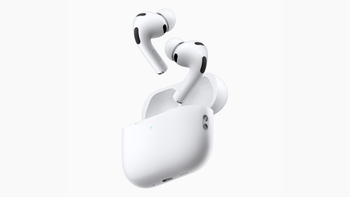
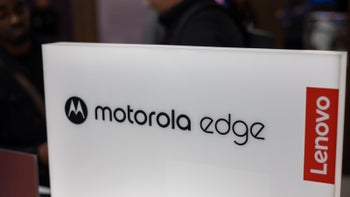

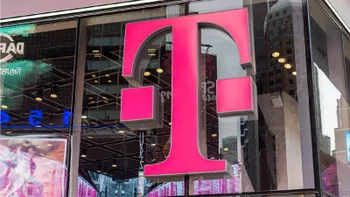
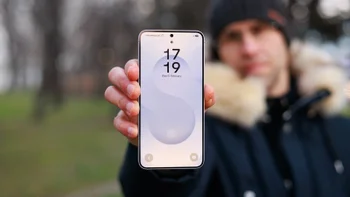
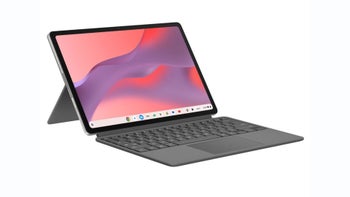
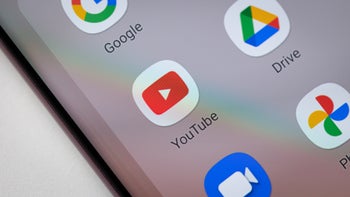
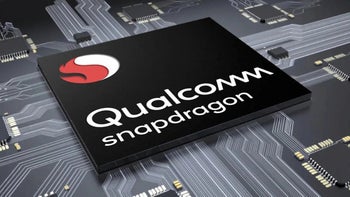

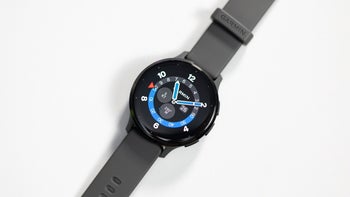
Things that are NOT allowed:
To help keep our community safe and free from spam, we apply temporary limits to newly created accounts: